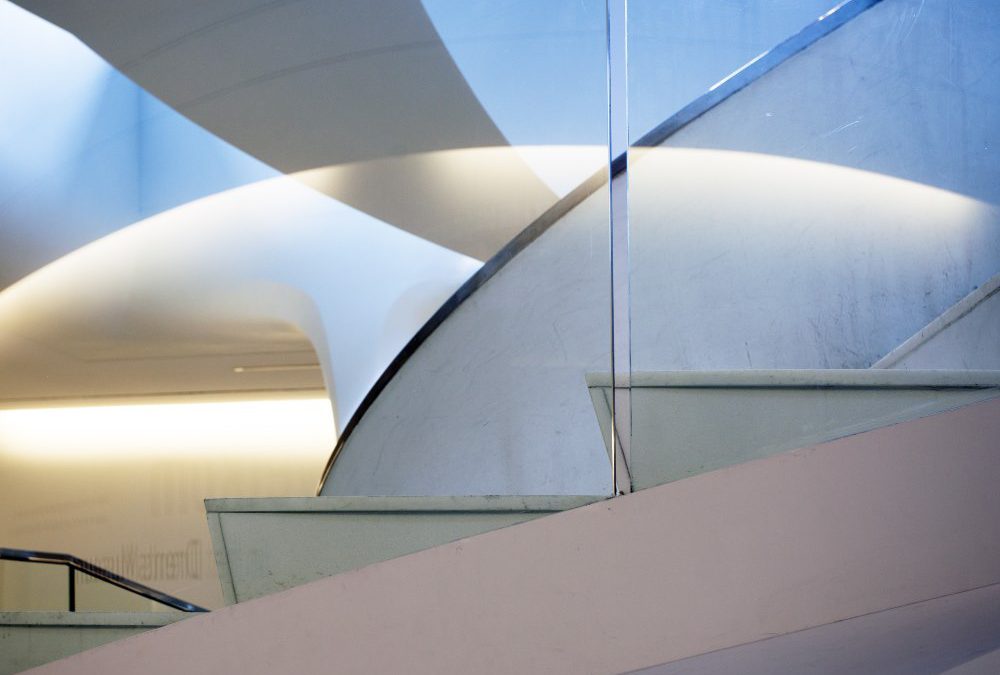The Concept of the One Museum
We, as the world’s museums, should make our collections more accessible to the user community, by creating a single point of entry – which we call the “One Museum”.
Dr Roger Layton presented a paper on this topic at the SAMA National Conference in October 2018, raising the questions of why this is important in this age of information.
He noted the challenges associated with obtaining information from the web-based search engines and from Wikipedia, since these source cannot be trusted, since they may contain false knowledge and fake news, and yet they present themselves as being real and valid. Whereas there are many sources which are trusted, it is not easy for the general user to determine which can be trusted and which cannot.
Museum is one of the primary homes of the memories of humanity, and through careful curation and collection management, they are always deemed as trusted sources. Museums should be announcing this from the rooftops, to show the world where to look for trusted information and knowledge.
However, whereas museums are at the forefront of trusted knowledge, they are are mostly behind in making this knowledge easily available to the world. Few museums in South Africa, and generally few throughout the world, have made their collections available through an online search facility, and this is due both to the cost of the technology, and also due to their own collections not being recorded in a suitable manner to be made available through the Internet.
One Museum Vision
The vision presented by Dr Layton is of a single source, being a dedicated search engine which is specific to the knowledge available from museums. Such content may be the catalogues of the collections, and may also include commentaries, research, and exhibitions around these collections.
Within this vision, every museum will identify what information should be published to the One Museum, and will prepare this in the right form, and will submit this for inclusion into the One Museum repository,
With our own ETHER Base collection management system, we have developed this as a single operation, so that once the publishing rules are captured, then the content can be published immediately.
The users will be able to find collections and items from all museums whose content has been published, and will see these collections as a unified and trusted source.
The museums will also then have access to the social media platforms which we are linking into One Museum, so that this can satisfy the “hyper-connectivity” requirements for the modern museum.
It is our mission that the One Museum will become a non-profit structure, with a governance framework supported by the museum sector as a whole, rather than being vested in ETHER itself. We would like to be involved into the future, but we see this as a community facility rather than as a commercial facility.
Status of the One Museum
In the three months since the SAMA conference we have been developing the One Museum and will be making this available shortly, and will be introducing this to our clients in the coming months.
One large part of the introduction of this, is that the museums should have their collections captured in an electronic and digital form, and for this we are offering our ETHER Base system. This is a potential double benefit, since with the collection in a database form, the GRAP 103 audits will be greatly simplified and supported in the future.
Maturity Model for Museums
It is not possible for a museum to jump directly into the top level of implementation, and consequently we have developed a five-level maturity model which each museum should move through.
At the first level, we merely capture the basic details of the museum, such as available on many of their current web sites, but also categorise the museums in terms of the core speciality areas.
At the second level we add the names and descriptions of all of the collections and the highlights of these collections, but not the individual items.
From this point we move through more detailed information about the items in the collections and other knowledge held by the museum, to the point where much of the museum’s knowledge is available in this form, with a linkage back to the museum as the source of the information.
Future of the One Museum
This is merely the start of this process, and the One Museum has been added to our range of activities during 2019.
It is important to position this as a benefit to the museums, since there is an argument that if everything is online then why should people visit the museum. However, it is now recognised that the more that the museum builds their online presence, the better will be their physical branding, since people will then want to visit to see the depth of knowledge and to see the real objects, spaces, stories, and exhibitions.
Should you be interested in discussing with us how you can get your museum involved at Level 1 of the One Museum, please contact us:

